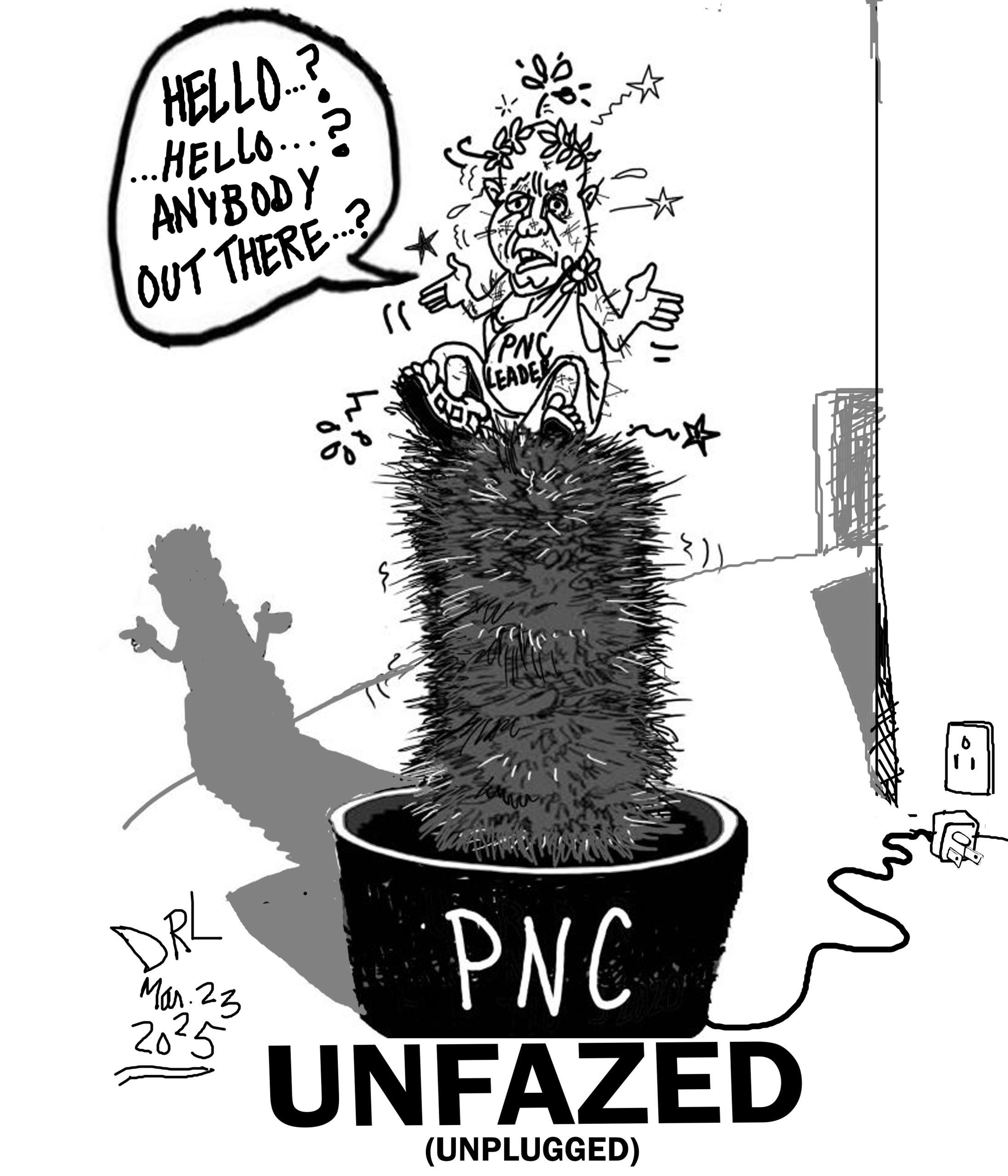Latest update April 3rd, 2025 7:45 PM
The disappearing Potoo
Jul 30, 2023 Features / Columnists, Interesting Creatures:, News
Interesting Creatures
The Waterfalls Magazine – This week’s interesting creature is the Potoo, a nocturnal bird with a haunting call that sends shivers down your spine and the ability to disappear in front of your eyes by blending in to tree stumps.
Potoos are a mix between an owl and a nightjar. It has a large head and huge yellow eyes with an overall grayish-brown and splotchy patterning. During the day, the bird spends its time perched on the ends of three stumps where it blends in perfectly and becomes very difficult to spot. At nights, the potoo hunts mainly for flying insects from an exposed perch.
They are sometimes called poor-me-ones, after of their haunting calls. These birds are native to the forest of Central and South America.
In Argentina and Bolivia, Potoos are known as kakuy or cacuy meaning ‘to remain’. In Brazil, they are called urutau from Guaraní meaning ‘ghost’.
The potoos are a highly conservative family in appearance, with all the species closely resembling one another.
Potoos range from 8.3 to 22.8 inches in length.
Although these birds are inactive during the day, they blend into three stumps and branches and keep their eyes half closed to be on the look-out for potential danger. If they detect any, they adopt a freeze position which assists it to look even more like a part of the tree stump or branch.
The bird also “habitually selects the top of an upright stump to lay its egg. Potoos are monogamous breeders and both parents share responsibilities for incubating the egg and raising the chick. The family does not construct a nest of any kind, instead laying the single egg on a depression in a branch or at the top of a rotten stump. The egg is white with purple-brown spots. One parent, often the male, incubates the egg during the day, then the duties are shared during the night.
Changeovers to relieve incubating parents and feed chicks are infrequent to minimise attention to the nest, as Potoos are entirely reliant on camouflage to protect themselves and their nesting site from predators. The chick hatches about one month after laying and the nestling phase is two months, a considerable length of time for a land bird. The plumage of nestling Potoos is white and once they are too large to hide under their parents, they adopt the same freeze position as their parents, resembling clumps of fungus.
For a lone Potoo, or a brooding adult with a potential predator close to the nest, the bird attempts to avoid detection by remaining motionless and relying on camouflage. If ineffective, the Potoo breaks cover and attempts to intimidate the predator by opening its beak and eyes wide open while vocalizing or simply flies out of reach.
Share this:
- Click to print (Opens in new window)
- Click to email a link to a friend (Opens in new window)
- Click to share on Facebook (Opens in new window)
- Click to share on WhatsApp (Opens in new window)
- Click to share on Twitter (Opens in new window)
- Click to share on Pinterest (Opens in new window)
- Click to share on Pocket (Opens in new window)
- Click to share on Tumblr (Opens in new window)
- Click to share on Reddit (Opens in new window)
- Click to share on LinkedIn (Opens in new window)
Related
Similar Articles

The Glenn Lall Show|| March, 31st, 2025
Follow on Tik Tok @Glennlall
THE BLUNT OF THE DAY

Sports
Apr 03, 2025
Kaieteur Sports- When the competition continued there were action at the Rose Hall Community Centre in East Canje and the Berbice High School Grounds. There were wins for Berbice Educational...Features/Columnists
A coalition of shared disgrace
Peeping Tom… Kaieteur News- The APNU and the AFC deserve each other. They deserve to be shackled together in a coalition... more
The U.S. “Joining” the Commonwealth: an unreasonable expectation
By Sir Ronald Sanders Kaieteur News- Recent media stories have suggested that King Charles III could “invite” the United... more
Publisher’s Note
Freedom of speech is our core value at Kaieteur News. If the letter/e-mail you sent was not published, and you believe that its contents were not libellous, let us know, please contact us by phone or email.
Feel free to send us your comments and/or criticisms.
Contact: 624-6456; 225-8452; 225-8458; 225-8463; 225-8465; 225-8473 or 225-8491.
Or by Email: [email protected] / [email protected]
Weekend Cartoon

















